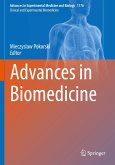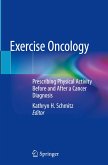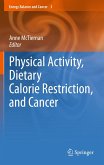The estimation of cardiovascular risk is a priority in clinical prevention guidelines. Alterations in lipoprotein metabolism represent about 50% of the population's attributable risk for the development of cardiovascular disease. This health alarm has generated an almost unanimous consensus among most epidemiologists and clinicians that coronary risk assessment based exclusively on low-density lipoprotein cholesterol C-LDL is not optimal. In an attempt to improve the prediction of cardiovascular disease, the use of atherogenic indices or ratios is chosen because they can provide information on risk factors that are difficult to quantify by classical systematic analyses, becoming a better predictor of the reflection of the clinical and metabolic interactions of lipid fractions.








